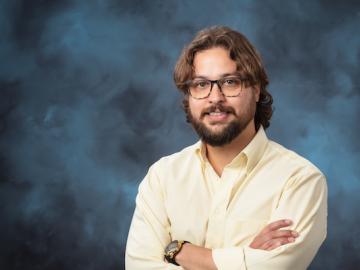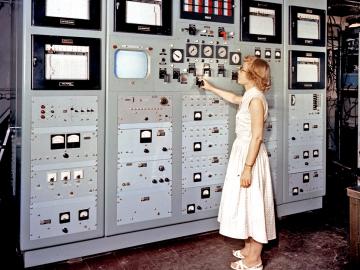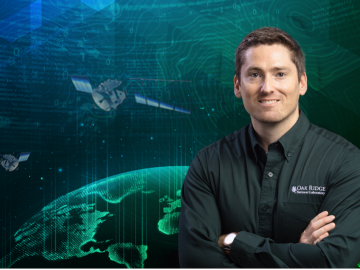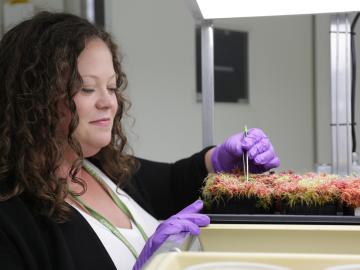
Filter News
Area of Research
News Topics
- (-) Artificial Intelligence (18)
- (-) Biomedical (6)
- (-) Exascale Computing (14)
- (-) Grid (12)
- (-) Mercury (2)
- (-) Nuclear Energy (17)
- (-) Space Exploration (4)
- 3-D Printing/Advanced Manufacturing (8)
- Big Data (10)
- Bioenergy (22)
- Biology (32)
- Biotechnology (3)
- Buildings (10)
- Chemical Sciences (14)
- Clean Water (7)
- Composites (3)
- Computer Science (20)
- Coronavirus (4)
- Critical Materials (1)
- Cybersecurity (9)
- Emergency (1)
- Energy Storage (9)
- Environment (53)
- Fossil Energy (2)
- Frontier (17)
- Fusion (11)
- High-Performance Computing (25)
- Hydropower (5)
- Isotopes (8)
- ITER (1)
- Machine Learning (14)
- Materials (29)
- Materials Science (11)
- Mathematics (2)
- Microelectronics (2)
- Microscopy (10)
- Nanotechnology (7)
- National Security (22)
- Neutron Science (22)
- Partnerships (7)
- Physics (12)
- Polymers (3)
- Quantum Computing (11)
- Quantum Science (6)
- Security (3)
- Simulation (22)
- Software (1)
- Summit (11)
- Transportation (7)
Media Contacts

In human security research, Thomaz Carvalhaes says, there are typically two perspectives: technocentric and human centric. Rather than pick just one for his work, Carvalhaes uses data from both perspectives to understand how technology impacts the lives of people.

Oak Ridge National Laboratory physicist Elizabeth “Libby” Johnson (1921-1996), one of the world’s first nuclear reactor operators, standardized the field of criticality safety with peers from ORNL and Los Alamos National Laboratory.

When Matt McCarthy saw an opportunity for a young career scientist to influence public policy, he eagerly raised his hand.

Science has taken Melanie Mayes from Tennessee to the tropics, studying some of the most important ecosystems in the world.

As the United States moves toward more sustainable and renewable sources of energy, hydropower is expected to play a pivotal role in integrating more intermittent renewables like wind and solar to the electricity grid

Microorganisms may provide hope that peatlands can withstand hotter temperatures in a changing climate.

Scientists develop environmental justice lens to identify neighborhoods vulnerable to climate change
A new capability to identify urban neighborhoods, down to the block and building level, that are most vulnerable to climate change could help ensure that mitigation and resilience programs reach the people who need them the most.

Friederike (Rike) Bostelmann, who began her career in Germany, chose to come to ORNL to become part of the Lab’s efforts to shape the future of nuclear energy.

To achieve practical energy from fusion, extreme heat from the fusion system “blanket” component must be extracted safely and efficiently. ORNL fusion experts are exploring how tiny 3D-printed obstacles placed inside the narrow pipes of a custom-made cooling system could be a solution for removing heat from the blanket.

It’s a simple premise: To truly improve the health, safety, and security of human beings, you must first understand where those individuals are.


